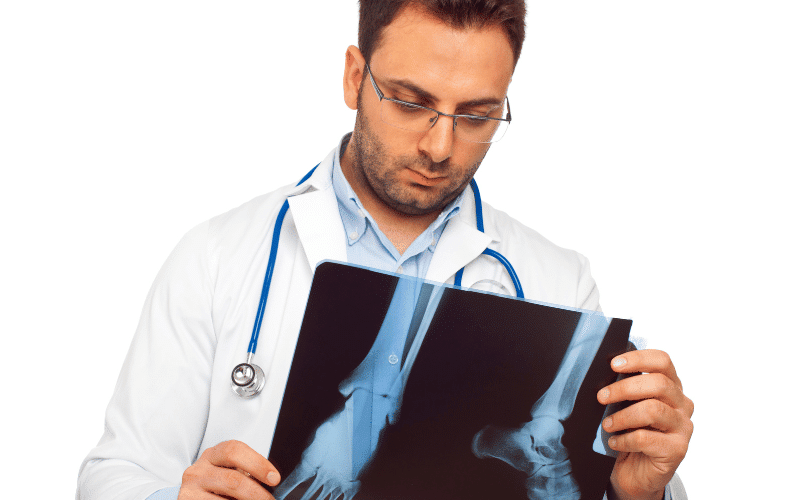Fact 3. Unraveling the Cause of Paget’s Disease of Bone

Identifying the exact cause of Paget’s disease remains a conundrum in the medical field. There’s a consensus that the disease likely arises from a combination of environmental and genetic factors. However, the specifics of this interplay are still not fully understood and remain an area of active research.
Among the genetic factors, the Sequestosome 1 (SQSTM1) gene has gained significant attention. Mutations in this gene have been found in a considerable percentage of people affected by Paget’s disease. Particularly, these mutations have been identified in about 10-50% of familial cases (where more than one member of a family has the disease) and 5-10% of sporadic cases (where a person is the only one in their family with the disease).
These findings provide strong evidence of a hereditary component in Paget’s disease. The fact that mutations in the SQSTM1 gene can lead to increased activity of osteoclasts (bone-resorbing cells) further strengthens its link to Paget’s disease, which is characterized by excessive osteoclast activity.
Despite this, the presence of SQSTM1 mutations is not considered a definitive cause of Paget’s disease, as the mutations are not found in all people with the disease. This suggests that other genetic and environmental factors are likely involved.
On the environmental front, a viral cause has been postulated. Certain slow viruses, particularly paramyxoviruses (which include the measles virus), have been implicated in the development of Paget’s disease. This is because the proteins and RNA from these viruses have been detected in the bone cells of individuals with Paget’s disease. (3)